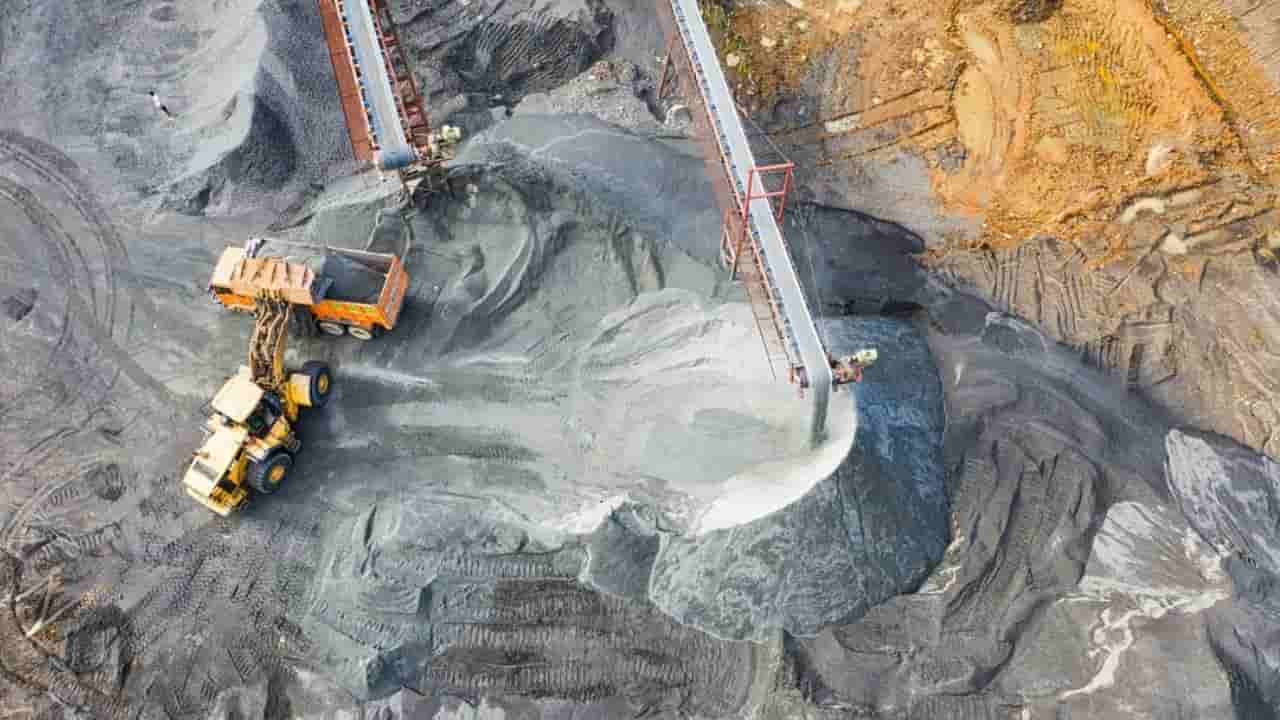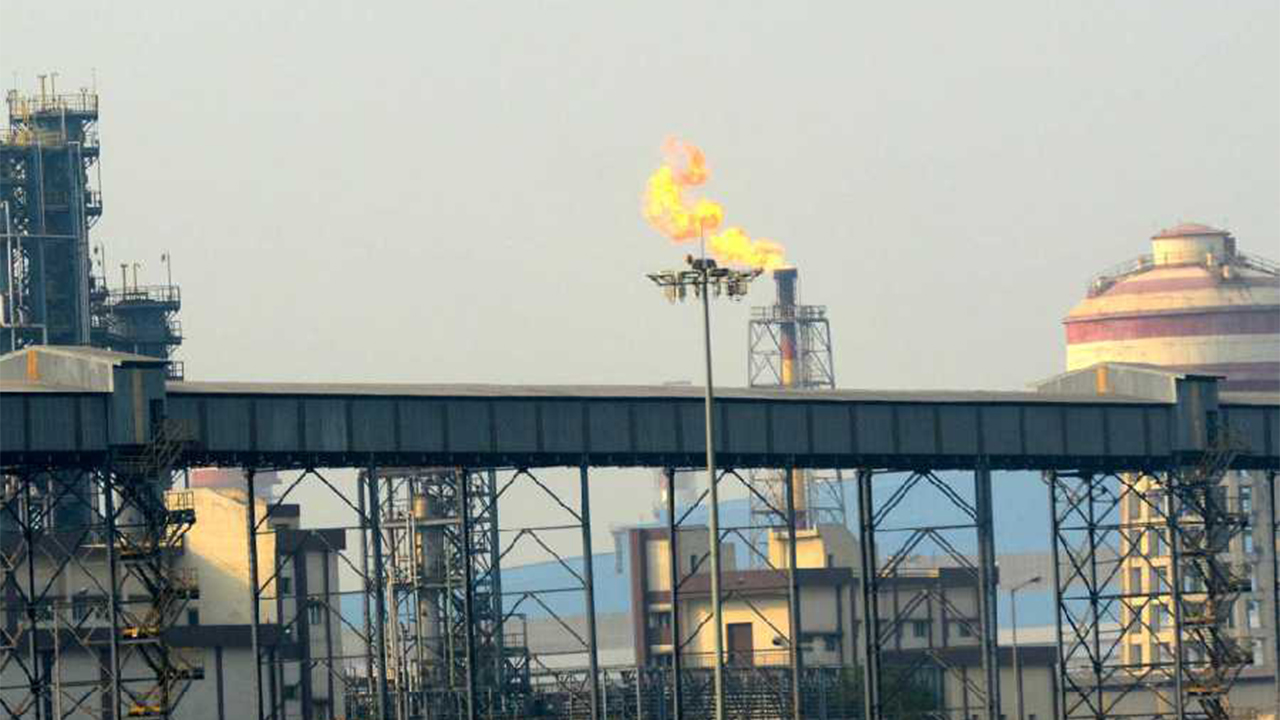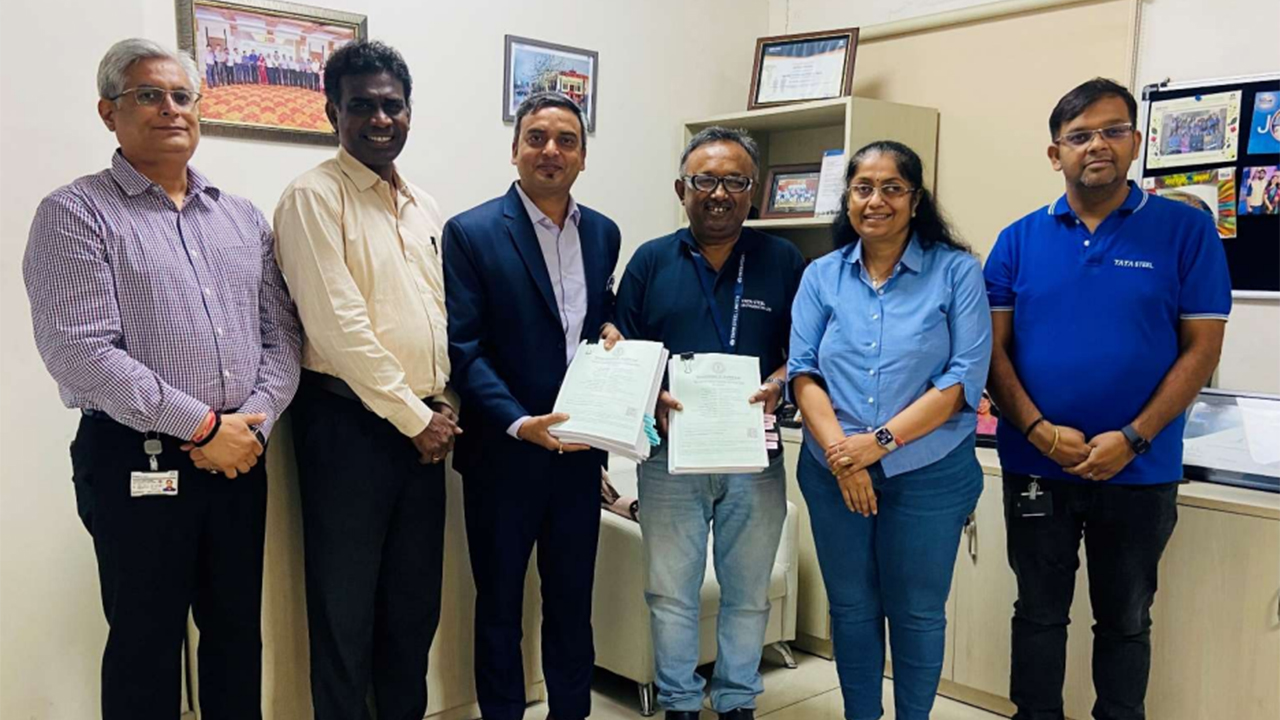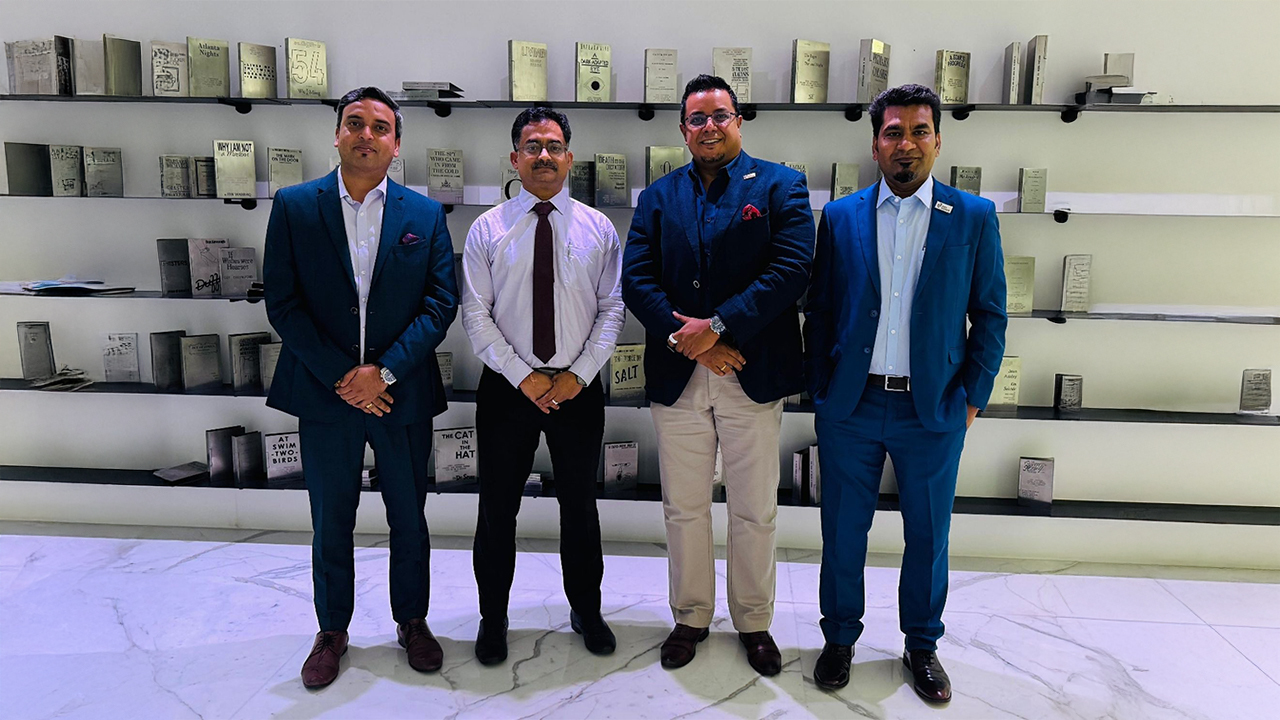Benefits of Industry 4.0 in Drilling and Blasting processes
#Mining #Drilling #Blasting #Excavation #IoT #Industry4.0 #Smartmining #AIIntegrationA brief overview of conventional Drilling and Blasting versus IoT-powered processes
Abhinav Sengupta, a MBA in Energy & Infrastructure with B.Tech in Mining has over a decade of rich experience in Mining, Energy & Infrastructure sector and has acquired strong industry exposure in areas of Transaction Advisory (Strategic/ Risk/ PPP), Business Valuation, Digitization/IT Integration, Techno-Economic Studies, and Strategic procurement. He is currently working with one of the Big 4 consulting firms.

Drilling and blasting processes are integral to the mining industry and no matter how advanced the technology is, physical access to the product can only be attained through these processes.The drilling activity begins with identification of the boreholes, preparing the blast geometry and drilling at the identified locations. The blasting activity encompasses procurement of explosives, charging and wiring and also the subsequent data collection.
Since drilling and blasting do not directly contribute to the output, they are considered as non-productive activity and hence are generally outsourced. Conventionally, there is no blasting simulation while the real-time positioning of the drilling rigs is manual along with the mapping. While it has been a proven system over the years, it is not really accurate and hence not as efficient as it can be. Improper alignment, inadequate charging and such anomalies decrease the productivity while also risking the safety of personnel.
Industry 4.0 or Internet of things allows you to make informed and hence smarter decisions because of the availability of data. For example, GPS guided Drilling systems can position the drilling accurately up to 10 cm. It also provides 3D rig navigation, feed alignment, drilling and reporting. The accurate data helps monitor the process and make the necessary changes to ensure minimal deviation from the designated path.These drills can be remotely operated which also add to the safety element of field personnel.
Blasting simulation for optimization uses terrain surface data, such as topography and rock material characteristics for blast design. With the help of Artificial Intelligence it provides solutions to issues such as fly rock, air blast, seismic vibration and the fragmentation size for each blast which reduces the probability of manual errors.
Then comes SAP (ERP) integration of real-time data. Usage of IoT generates data which is then logged in to the specially developed ERP system like SAP and it is used to formulate measurable KPIs. The ERP system then allows you to measure meterage drilled, subgrade drilling, stemming depth and other parameters against the goals.
The benefits of employing IoT and Industry 4.0 in the conventional mining processes are:
● Accurate Borehole alignment
● Efficient Blasting and Charging Optimization
● Real-time monitoring and drilling optimization
● Improved fragmentation
● Improved excavator productivity.

NEWSLETTER
TRENDING ON PRO MFG
MORE FROM THE SECTION








